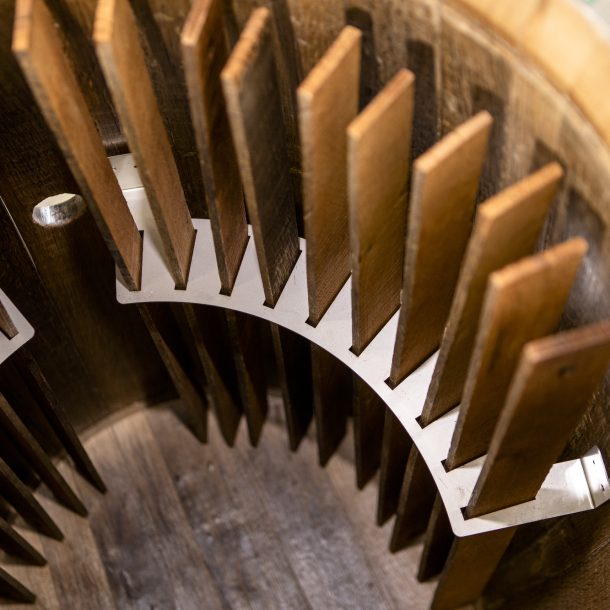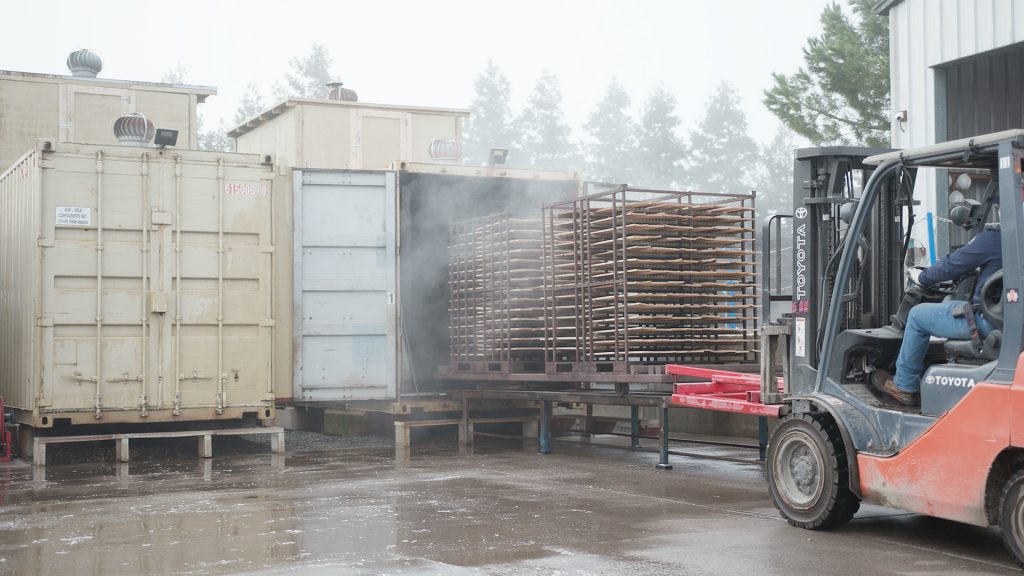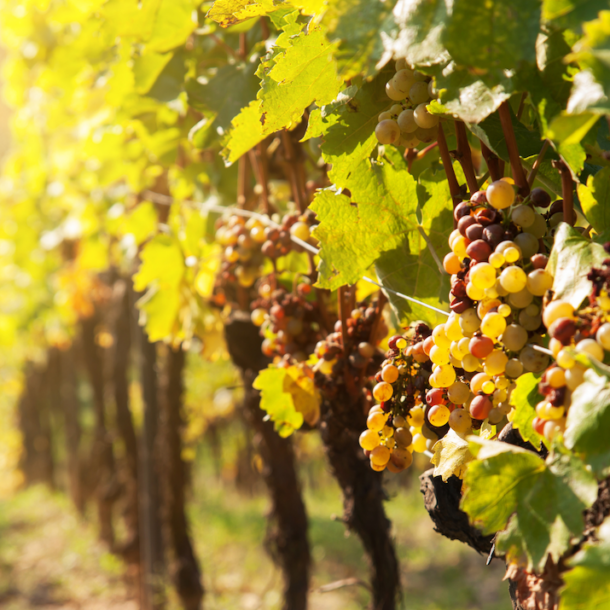
how do you use oak?
Some winemakers are very wary of using oak, treading lightly or avoiding it altogether when crafting their wines. I have heard the phrase “I like to let the fruit speak for itself” many times which is great when you make wines from high quality grapes farmed for quality rather than quantity. In the right hands, high quality grapes make high quality wines. These wines are complex, concentrated, and have all the wine attributes that make them a pleasure to drink. The one wine attribute that rarely gets top billing but is something that really separates good wine from great wine is a wine’s mouthfeel. Mouthfeel incorporates a combination of attributes like Midpalate Weight, Texture, Sweetness. It’s the way the wine feels in your mouth and to me constitutes a great deal of a wine’s reward. Without the proper mouthfeel, wines can be thin and insipid and lack reward. Winemakers that avoid oak or aren’t utilizing oak in their wines are missing a great opportunity to improve their wine’s mouthfeel which can be easily done without the oaky impact.
don’t make the dreaded donut wine!
Wine that looks good, smells good and tastes good but is lacking mouthfeel is such a disappointment to anyone that really enjoys wine. Unfortunately, a good number of wines on the market are just that, and what I refer to as “donut wines.” Donut wines are of course wines that have nice flavors and aromas, but a hole exists where the mid-palate should be. Oak does a nice job filling the hole in and Winemakers have been using oak for this purpose for many years. Traditionally, ordering French Oak barrels with Untoasted Heads has been used as an effective way to improve a wine’s texture without adding additional oak impact. In fact, barrels with untoasted heads actually results in less overall oak impact from an aroma and flavor standpoint but more impact on texture. But why would you want to add oak without impact? Mouthfeel baby! Untoasted heads are effective, but they can overwhelm some wines and make them astringent.
Always opt for seasoned oak!
The same can be said for using untoasted barrel alternatives for this purpose. After primary fermentation a Winemaker should be judicious with their use of Untoasted Oak. I have used a few barrel alternative products meant to mimic the impact of an untoasted barrel head with some success, but they can dry the wine out if you’re not careful. This is especially true when the oak has not been properly seasoned. In pursuit of a much better alternative to these existing oak complements, and without the roughness and astringency associated with their use, Innerstave has created our new revolutionary Foundation Toast.
foundation toast!
Only available in French Oak, this toast was developed utilizing the oldest, most seasoned wood from our facility in Carneros CA where the cold and rainy winters, hot summer sun, and daily fog rolling in and out across San Pablo Bay have softened and mellowed this oak for over six years. We then very lightly toast the oak just to the point where any “greenness” in the wood fades and the natural sweetness comes out but before any “toasty” oak characters develop. The result is an oak complement that provides amazing weight, texture and sweetness without any toasty oak impact and without astringency. Currently, Foundation toast is available in all formats from the largest Tank Staves and Fan Packs, to Blocks, Cubes, Chips, and Fines.
Foundation at 25%-30% paired with your favorite aromatic toasts provides a much richer, rounder, more complex and barrel-like profile than a single toast alone and has all the reward a Winemaker needs to avoid creating the dreaded donut wine.
-Jason Dodge, Managing Director, Winemaking


